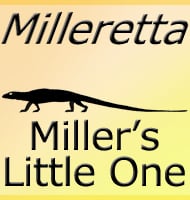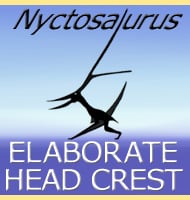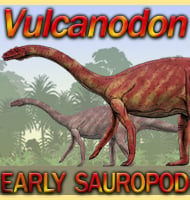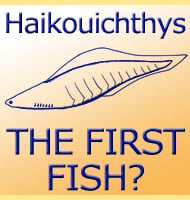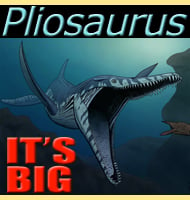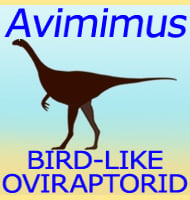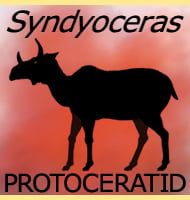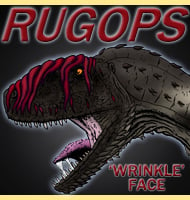In Depth
Abelisaur theropods ranged across much of the southern continents during the late Cretaceous and India certainly seems to have had its share of them. However when Indosaurus was fist named by Matley and von Huene in 1933, the abelisaurs were still an unknown group of theropods, which is why they initially described Indosaurus as an allosaur.
There is quite a bit of confusion over the classification and actual validity of some of the Indian abelisaurs. In 1933 Matley and von Huene also named two other abelisaurs called Indosuchus and Compsosuchus and today there is speculation that these and Indosaurus may actually be all the same genus of dinosaur. Study in this theory has been hampered however since the holotype fossils of Indosaurus are now lost, so more direct comparison incorporating more modern techniques of analysis is impossible.
A species of Megalosaurus, M. matleyi, has also been attributed to Indosaurus, although this is not at all that surprising since Megalosaurus has for a long time been treated as a wastebasket taxon where uncertain theropod remains have been attributed just because the fossils are of the same basic type of dinosaur. Orthogoniosaurus has also been proposed as a synonym to Indosaurus, but this genus is only based upon the description of a tooth, which is now thought to have been from a ceratosaur.
Although the partial skull of the holotype is now list, one feature noted about Indosaurus is that it was thought that it might have had horns above its eyes. If this interpretation was correct then this would have made it very similar to Carnotaurus from South America, suggesting that Indosaurus might have been a carnotaurine abelisaur. Another carnotaurine abelisaur that is also from India is Rajasaurus.
Further Reading
– The Cretaceous Saurischia and Ornithischia of the Central Provinces of India. – Palaeontologica Indica (New Series), Memoirs of the Geological Survey of India 21(1): 1-74 – F. von Huene & C. A. Matley – 1933.

